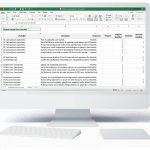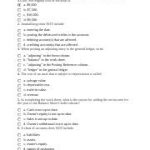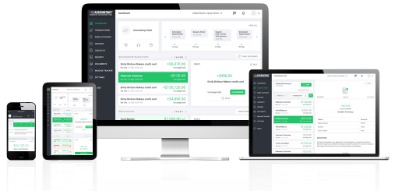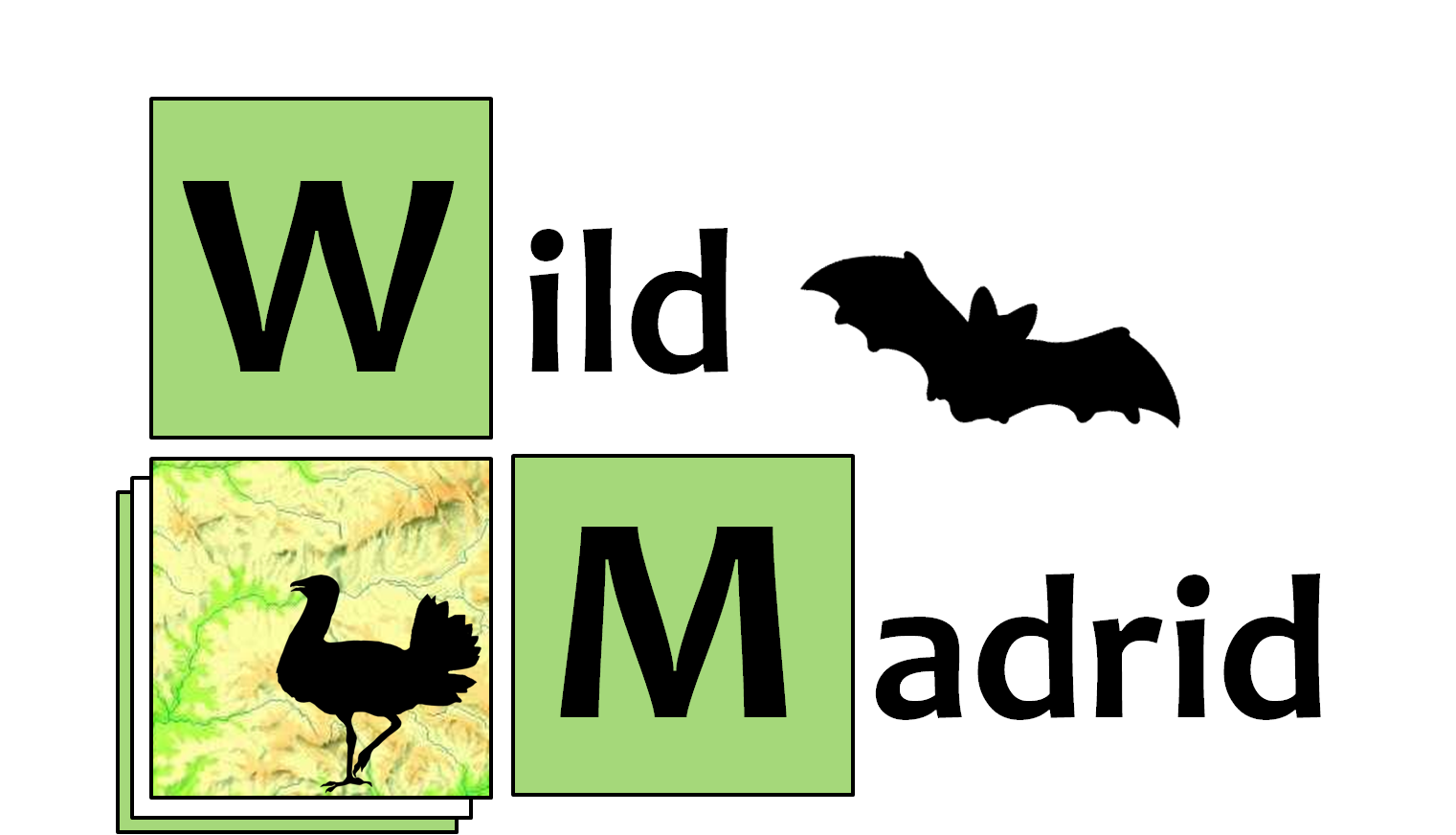What Is Accounting? Definition, Objectives, Advantages, Limitation, Process

Accounting functions extend beyond mere recording to classifying and categorizing transactions. This step involves allocating transactions to specific accounts based on their nature, such as assets, liabilities, equity, income, or expenses. A well-organized chart of accounts facilitates this process, ensuring accurate financial classification. Accounting refers to the business process that systematically and comprehensively records business events and transactions and translates them into financial data. The data provided by this function enables business leaders to make informed decisions. The 2 roles of accounting are to provide updated financial data and track all financial transactions.
Business costs and revenue:
Similarly, it can also help with record keeping – particularly useful for accountants – because records cannot be forged or tampered with. Plus, each transaction can be verified by multiple different participants on the blockchain. A blockchain https://www.adprun.net/ is a digital ledger of transactions that are distributed across an entire network of computer systems. These could be internal networks, private networks, or public networks, as used for cryptocurrencies such as Bitcoin and Ethereum.
Helpful in Assessing the Tax Liability
However, thanks to the rise of digital platforms such as Uber Eats, Square, and Shopify, businesses are outsourcing an increasing number of their business-critical functions. Summarising is the art of making the activities of the business enterprise as classified in the ledger for the use of management or other user groups i.e. Summarisation helps in the preparation of Profit and Loss Accounts and Balance sheet for a particular fiscal year. Journal is the first book of original entry in which all transactions are recorded event-wise and date-wise and presents a historical record of all monetary transactions. It may further be divided into sub-journals as well which are also known subsidiary books.

Chart of accounts: Definition, how to set up, and examples
It’s debatable whether auditing should be considered one of the types of accounting. Because you can do auditing in the context of tax, financial, management, forensic and international accounting. As with tax accounting, financial accounting mistakes can cost you a lot of money and get you in legal trouble. It’s probably safe to say that everyone from sole proprietors to large corporations could benefit from hiring a good tax accountant. After all, tax accounting mistakes can cost you a lot of money and get you in trouble with the IRS, which can have serious legal consequences. Businesses are required to furnish financial information to a number of government agencies.

US bans sale of Kaspersky software citing security risk from Russia
By tapping into the intellectual capital of an internal audit function, sustainability teams can quickly and more cost effectively meet their reporting requirements. Accounting practices and their attached systems produce financial reports used internally by management to assess performance and for strategic planning. Financial reports are also used by external stakeholders including investors, creditors, and tax authorities. When paired with accounting practices, accounting information systems support all accounting functions and activities including auditing, financial accounting and reporting, and tax management and accounting. The key difference between financial and managerial accounting is that financial accounting provides information to external parties, while managerial accounting helps managers within the organization make decisions.
Financial Accounting vs. Managerial Accounting

This integration is nuanced, requiring advisors with interdisciplinary backgrounds to support systems integration, map workflows that avoid duplication and communicate effectively across multiple team vernaculars. As companies have limited time to complete these integrations, here are a few considerations to support sustainability teams with this crucial step. It is concerned with the recording of business transactions and the periodic preparation of income statement, balance sheets and cash flow statement from such records. The four types of accounting – financial accounting, managerial accounting, cost accounting, and tax accounting – provide different insights into a company’s financial health and performance.
- Essentially, any information that may be useful to management falls underneath this umbrella.
- The online survey was in the field from February 22 to March 5, 2024, and garnered responses from 1,363 participants representing the full range of regions, industries, company sizes, functional specialties, and tenures.
- However, the FASB and the IASB continue to work together to issue similar regulations on certain topics as accounting issues arise.
- Accounting practice is the process and activity of recording the day-to-day financial operations of a business entity.
To combat this growing problem, the accounting industry has increasingly focused on its own data security in recent years. A transaction is an event which can be expressed in terms of money and which brings a change in the financial position of a business enterprise. An event is an incident or a happening which may or may not being any change in the financial position of a business enterprise. Add an account statement column to your COA to record which statement you’ll be using for each account–cash flow, balance sheet, or income statement. For example, balance sheets are typically used for asset and liability accounts, while income statements are used for expense accounts.
Users want to be sure that financial statements have been prepared according to GAAP because they want to be sure that the information reported in them is accurate. They also know that they can compare the statements issued by one company to those https://www.business-accounting.net/9-common-hoa-violations-and-how-to-avoid-them/ of another company in the same industry. Financial accounting is a specific branch of accounting involving a process of recording, summarizing, and reporting the myriad of transactions resulting from business operations over a period of time.
AI tools will save you time when it comes to boring accounting admin tasks, such as combing through data for insights, scheduling meetings with clients, or even generating reports. AI can analyze contracts for finance operations, highlighting key data points that can then be reviewed by humans. In fact, around 29% of high-tech automation is to be found in six types of business transactions, while 22.8% of businesses are looking to implement some form of automation in the coming years. The end users of accounting statements must be benefited from analysis and interpretation of data as some of them are the ‘stock holders’ and other one the ‘stakeholders’. Comparison of past and present statements and reports, use of ratio analysis and trend analysis are the different tools of analysis and interpretation. The accounting information helps the management to plan its future activities by preparing budgets in respect of sales, production, expenses, cash, etc.
However, the FASB and the IASB continue to work together to issue similar regulations on certain topics as accounting issues arise. Accounting principles also help mitigate accounting fraud by increasing transparency and allowing red flags to be identified. He has written for a host of top tech companies, the likes of Technologyadvice, Tripwire amongst others.
The primary function of accounting is to provide accurate and timely financial information to stakeholders, including investors, creditors, and management. The information provided by accounting allows stakeholders to make informed decisions regarding the company’s financial future. This includes assessing the company’s profitability, liquidity, and solvency. Accounting functions refer to a set of activities and processes that are integral to the systematic management of an organization’s financial information.
This includes walking the internal IT team through a typical data collection process so they can understand the request clearly. Because the market is still quite fragmented, interoperability is a key consideration and should be a priority for any team needing to aggregate data from several sources. Organizations typically start with a thematic-based solution – say climate reporting – to get a handle on data collection for a singular, high-priority topic.
Accounting provides a comprehensive overview of a company’s financial health, which is essential for its survival and growth. Instead of recording a transaction when it occurs, the cash method stipulates a transaction should be recorded only when cash has exchanged. Because of the simplified manner of accounting, the cash method is often used by small businesses or entities that are not required to use the accrual method of accounting. Setting the company’s financial budget is the responsibility of the accounting function. Preparing the organizational budget is based on financial data from the past and projections for future growth.
